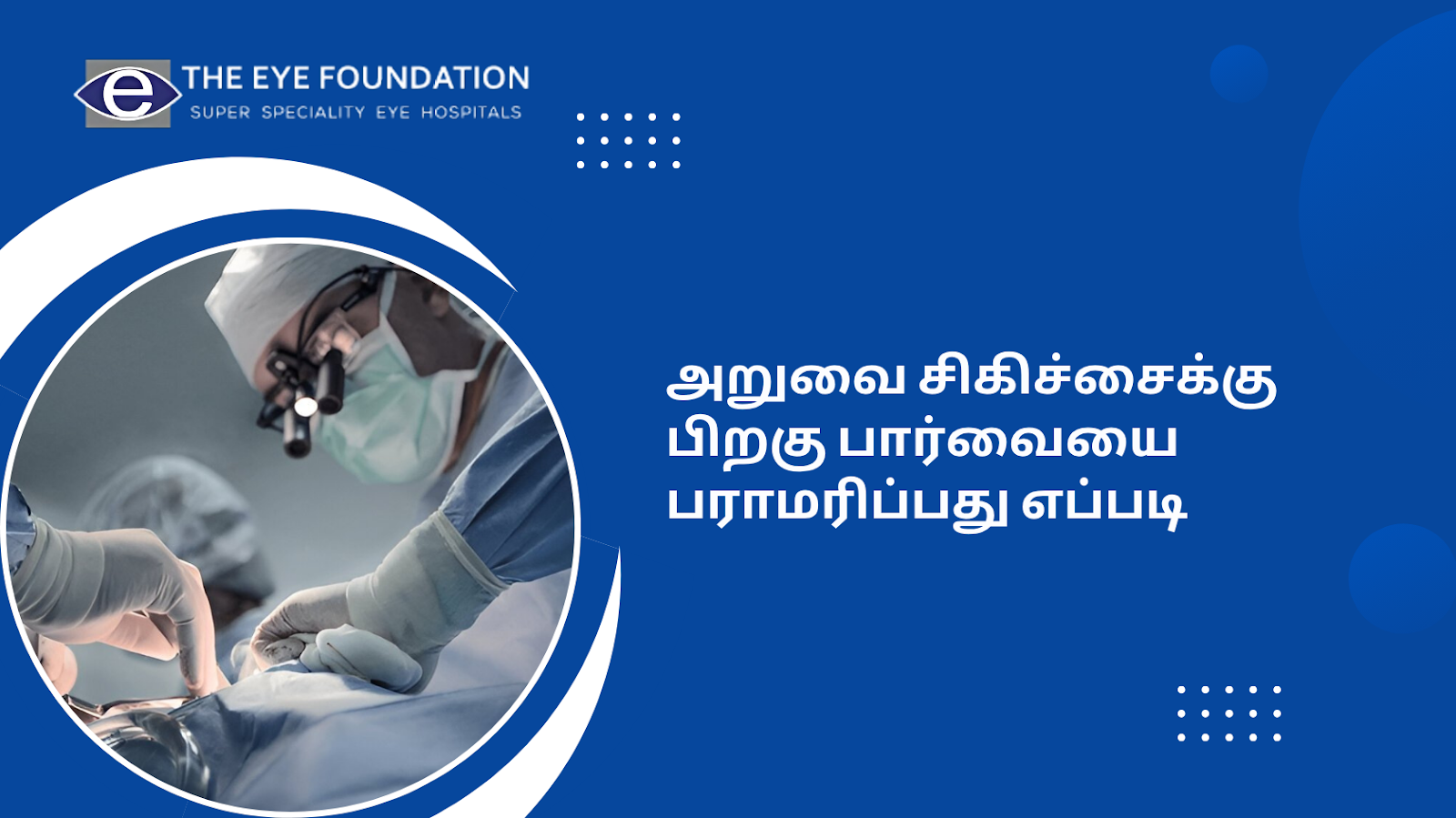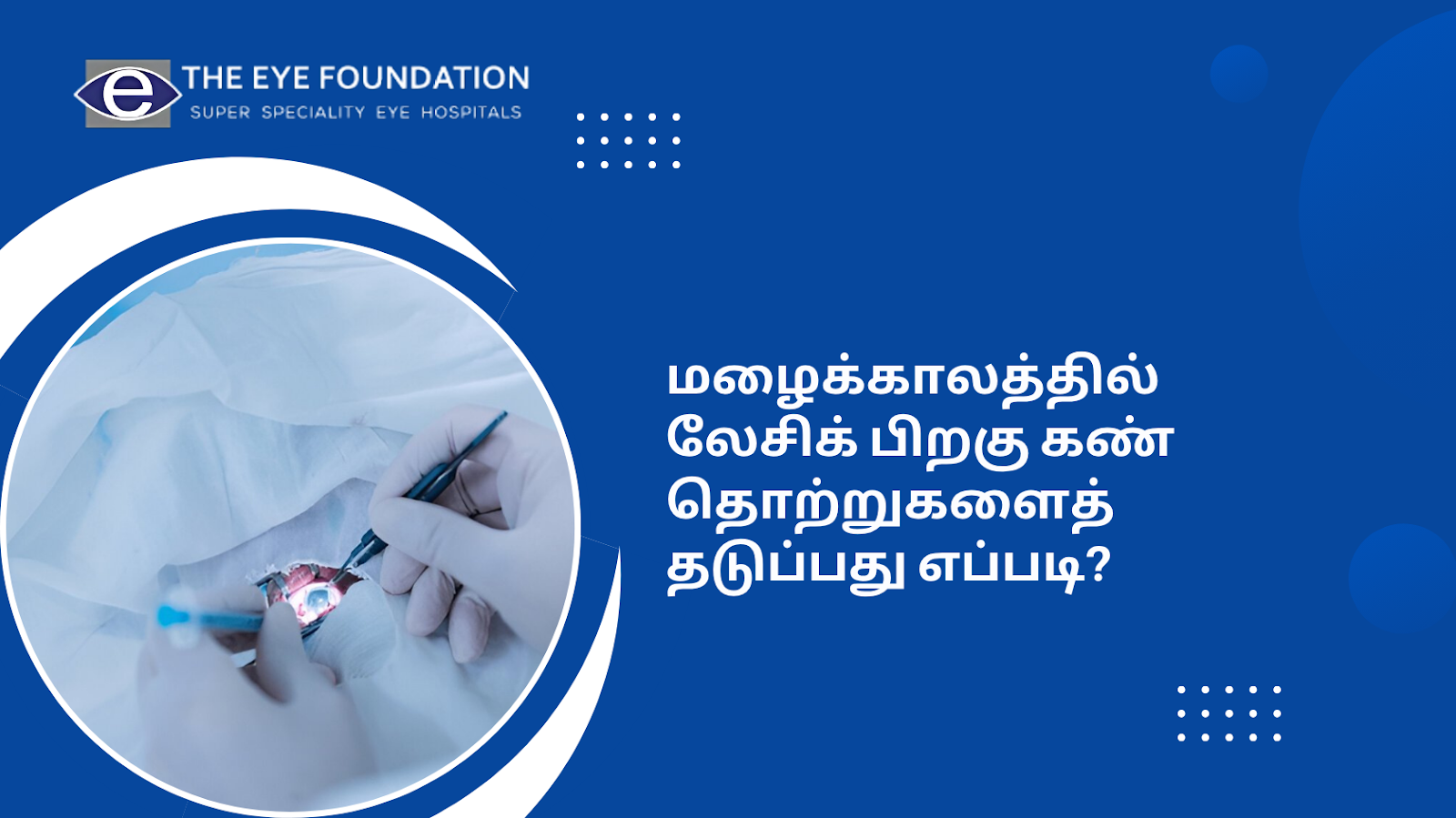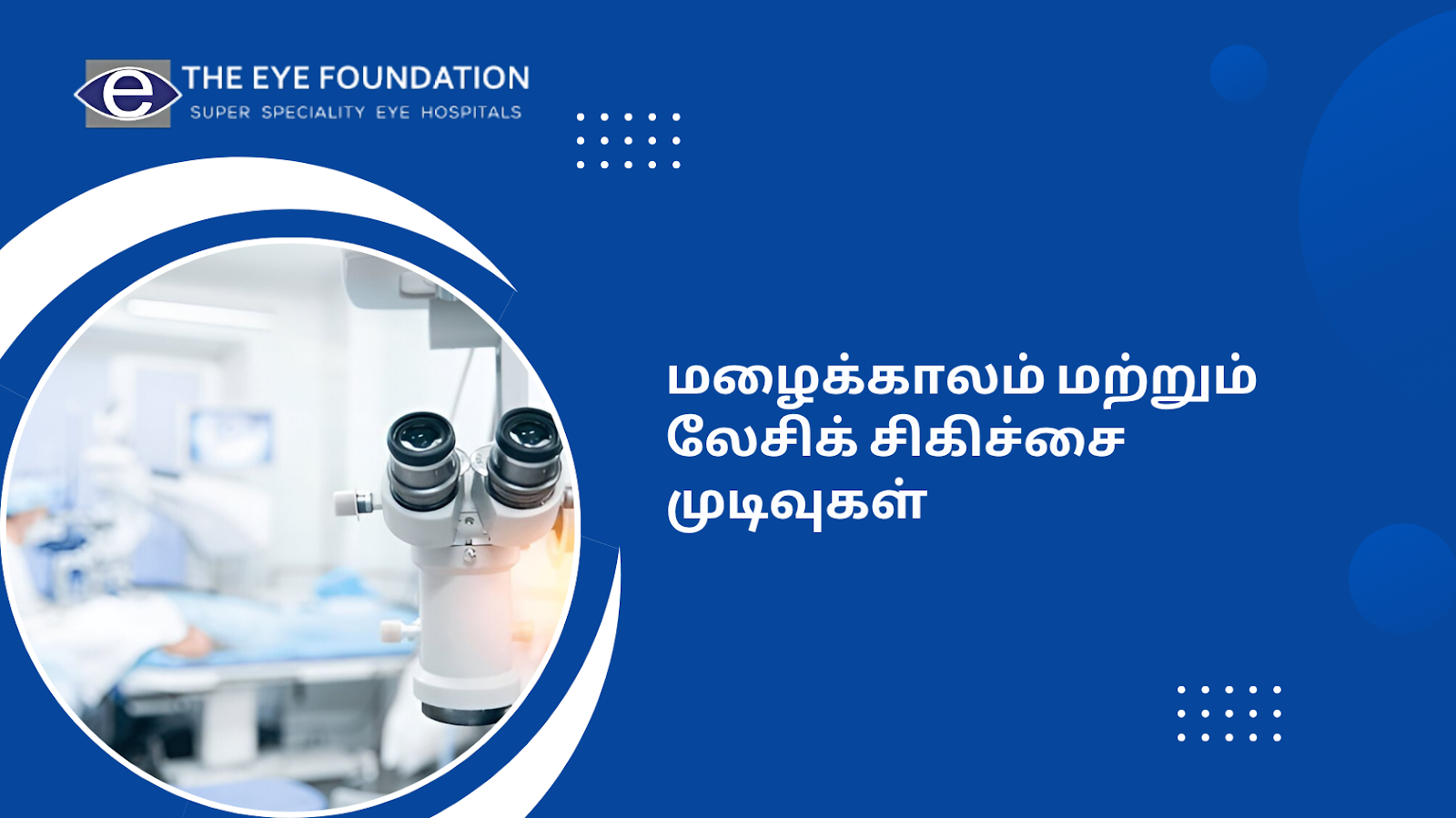When the monsoon arrives, it brings cool breezes, green surroundings, and welcome relief from the summer heat. But along with the refreshing rain, it also brings a spike in eye infections and allergies. Humidity, stagnant water, and increased bacteria in the environment can all affect your eyes. Understanding the causes and preventive steps can help you stay safe from monsoon eye irritation and keep your vision clear.
1. Why Monsoon Eye Problems Are So Common
During the rainy season, the air becomes more humid and dust particles mix with pollutants, pollen, and bacteria. This creates the perfect environment for eye infections to spread. The rainwater that splashes into your eyes might look harmless, but it often carries microorganisms from polluted surfaces, increasing the risk of irritation and infection.
Poor hygiene, shared towels, and contact lens misuse during this season can also make your eyes vulnerable. Many people experience itching, redness, watering, or burning sensations early signs of common monsoon-related eye conditions.
2. Most Common Eye Irritations During the Monsoon
Let’s look at the conditions that frequently affect people during the rainy season:
a. Conjunctivitis (Pink Eye)
This is the most widespread eye infection during monsoon. It spreads rapidly through direct contact or by using contaminated items like handkerchiefs and pillow covers. Symptoms include redness, sticky discharge, and swelling.
Prevention Tip:
Avoid touching or rubbing your eyes, wash hands frequently, and never share personal items like towels or cosmetics.
b. Stye (Eyelid Boil)
A stye is a painful lump caused by bacterial infection of the oil glands at the edge of the eyelid. Monsoon humidity and dust can clog these glands, causing swelling and tenderness.
Prevention Tip:
Clean your eyelids gently with a mild cleanser, avoid using old or expired eye makeup, and resist popping a stye it will heal faster with warm compresses.
c. Allergic Conjunctivitis
Allergic conjunctivitis occurs when allergens like mold spores, pollen, or dust come into contact with your eyes. The moist monsoon atmosphere encourages these allergens to thrive.
Prevention Tip:
Keep windows closed during heavy rain and windy days. Use anti-allergic eye drops only after consulting an eye specialist.
d. Fungal Keratitis
Fungal infections of the cornea can occur if contaminated rainwater enters your eyes. This is especially risky for people who wear contact lenses. Early signs include redness, severe pain, blurred vision, and sensitivity to light.
Prevention Tip:
Never rinse lenses with tap or rainwater. Always use lens solution and replace cases regularly.
e. Dry Eyes
It may sound surprising, but increased indoor humidity and the use of air conditioning during monsoon can also cause dryness. When tear film stability is lost, your eyes feel gritty and tired.
Prevention Tip:
Use doctor-prescribed lubricating eye drops, avoid prolonged screen exposure, and stay hydrated.
3. Monsoon Hygiene Habits for Healthy Eyes
Simple changes in your daily habits can greatly reduce your risk of monsoon eye irritation.
- Wash your hands often: Especially after being outdoors or touching shared surfaces.
- Avoid rainwater exposure: Don’t let rain directly hit your eyes; carry an umbrella or wear protective glasses.
- Dry eyes gently: If your eyes get wet in the rain, gently pat them with a clean tissue instead of rubbing.
- Use clean towels: Wash towels and pillowcases frequently to prevent bacterial build-up.
- Avoid eye makeup in humid weather: Mascara or eyeliner can trap moisture and bacteria.
- Disinfect spectacles regularly: Wipe glasses with an antibacterial cloth to prevent microbial deposits.
- Rest your eyes: Reduce screen time to prevent additional strain when the weather is gloomy.
4. Eye Care Tips for Contact Lens Users During Monsoon
People who wear contact lenses must be extra cautious during this season:
- Never wear lenses while it’s raining or in dusty areas.
- Always carry a lens case and solution if you need to remove them urgently.
- Replace lenses immediately if they come into contact with rainwater.
- Keep a backup pair of glasses to avoid overuse of lenses.
- Visit your ophthalmologist if you experience redness or blurred vision — these could be early infection signs.
5. When to Seek Medical Help
Most mild irritations resolve within a day or two with basic care. However, you should consult an eye specialist immediately if you notice any of the following:
- Persistent redness, itching, or swelling
- Blurred or double vision
- Thick discharge or crusting
- Pain when exposed to light
- Symptoms not improving after 48 hours
Prompt medical attention can prevent serious complications like corneal ulcers or vision loss.
6. Nutrition & Immunity Support for Healthy Eyes
During monsoon, your body’s immunity can drop, making you prone to infections. Support your eye health with a balanced diet rich in:
- Vitamin A: Found in carrots, spinach, and papaya
- Vitamin C: From oranges, lemons, and amla
- Omega-3 fatty acids: From walnuts, flaxseeds, and fish
- Antioxidants: From berries, green tea, and leafy vegetables
Hydration is also key drink enough water to maintain tear film stability.
Your eyes are among the most delicate organs and deserve special care especially during the rainy season. By maintaining hygiene, avoiding direct contact with rainwater, and seeking timely treatment for any signs of irritation, you can protect your eyes from most monsoon-related problems.
If you’re experiencing any persistent monsoon eye irritation, don’t ignore it. Get your eyes checked by trusted specialists at The Eye Foundation where expert ophthalmologists and advanced diagnostic technology ensure accurate treatment and lasting comfort.
Book an Appointment today to keep your eyes safe, healthy, and clear this monsoon.






